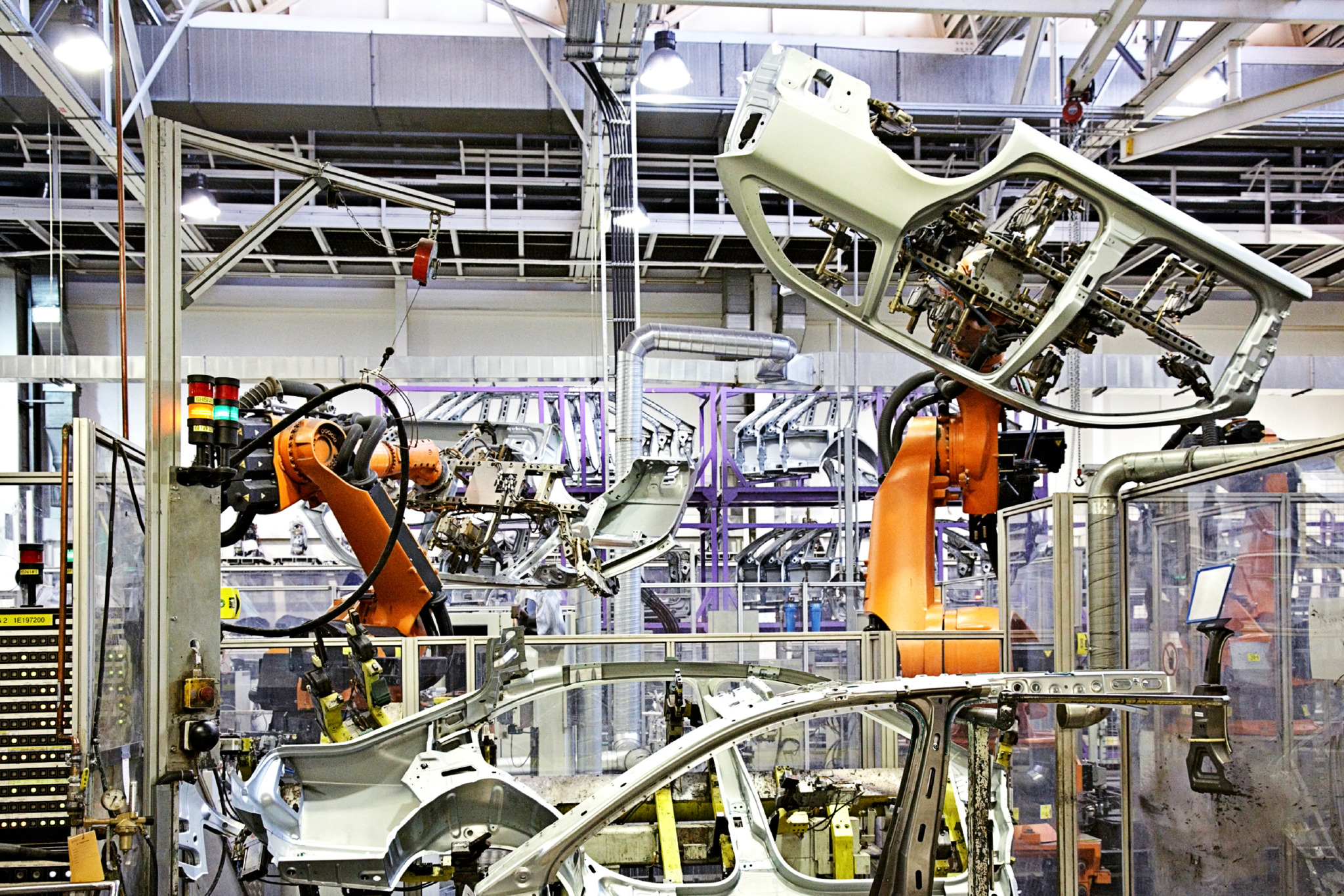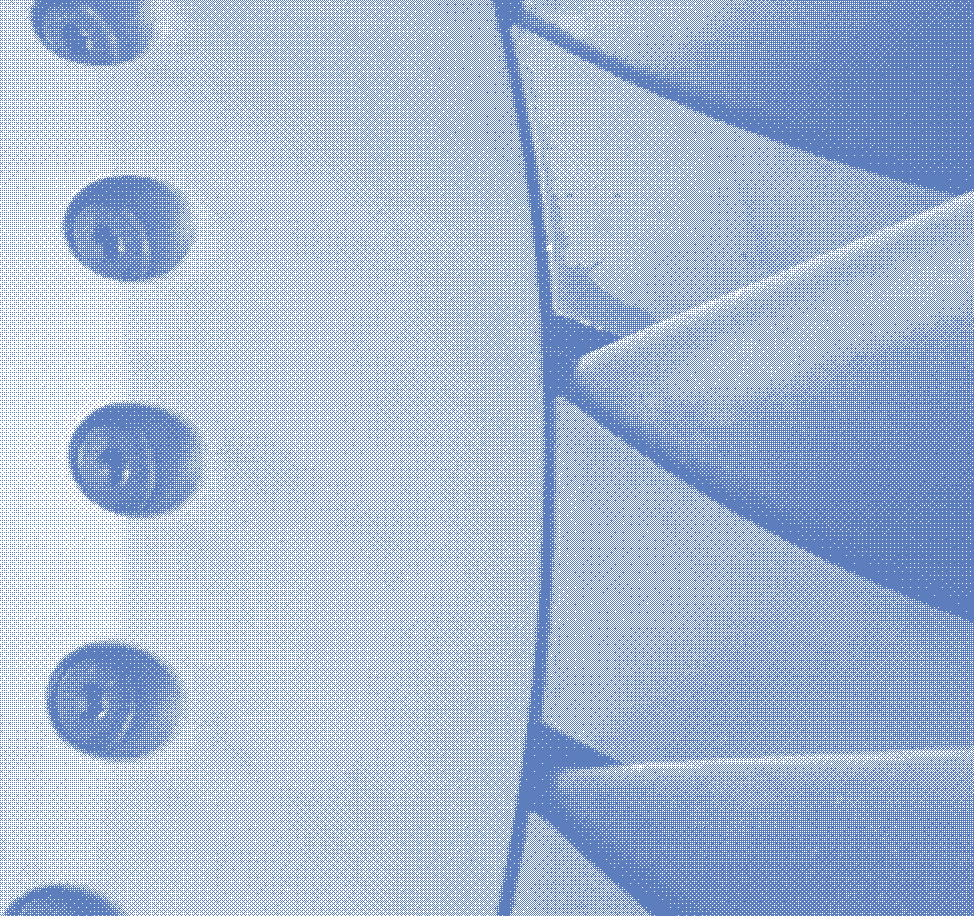



Research Projects
Aluminium / Data modelling
Prediction of yield surface evolution using crystal plasticity simulations

A predictive knowledge of yielding behaviour is critical to improve our understanding of the mechanical anisotropy of light alloys following forming processes. Crystal plasticity (CP) simulations, which explicitly account for the effects of microstructure, enable accurate predictions of yield surfaces, via fitting to various yield criteria.
Once yield occurs, the material's stress state remains on the yield surface, but the yield surface itself continues to evolve. An accurate prediction of this evolution will enable more reliable information for manufacturers, whilst limiting the need for difficult or expensive experiments.
Fitting a yield surface to a large set of experimental data is limited by the difficulties of experimentally sampling arbitrary stress states. However, a small set of routine experiments, such as uniaxial tensile tests, can be used to calibrate a larger set of virtual loading tests that are simulated with CP. Here, we focus on examining the yield surface evolution of aluminium alloys, as predicted by both full-field and Taylor CP models. We will use experimentally acquired texture data to generate representative polycrystals, which we will then subject to a set of random load cases, simulated using CP. The spectral solver in the software package DAMASK will be used to this end.
The aims of this work are to combine experimental texture data with virtual loading tests using CP to predict yield surface evolution of aluminium alloys, and to compare these yield surfaces with experimental results from other projects on LightForm. In this way, we aim to test the accuracy of our yield surface predictions.

